The town of Santo António de Arenilha, on the Portuguese side of the mouth of the Guadiana River, was already in serious decline when, on November 1, 1755, it was swept away by the tsunami that followed the great earthquake of that day.
For replace this village, founded in 1513 as a camp for the murdered and which, according to historian Fernando Pessanha, told Sul Informação, «a criminal paradise in the Algarve, where everything was trafficked, even slaves, and was frequently attacked by privateers», without paying any of these taxes to the Portuguese crown, the Marquis of Pombal ordered the construction of the current Vila Real de Santo António.
«The houses in Arenilha were built in thatch and wood, in a sandy area at the mouth of the river, so nothing is left of them», says the historian, who has researched so much about this eastern part of the Algarve.
Nothing left? In reality, there is something left, although today it is located half a dozen kilometers from the place where Santo António de Arenilha would stand.
It is an altar stone, which was identified a few years ago by art historian Marco Sousa Santos in the hermitage of Santo António, on the hill where the ravelin with the same name is located, in the neighboring village of Castro Marim.
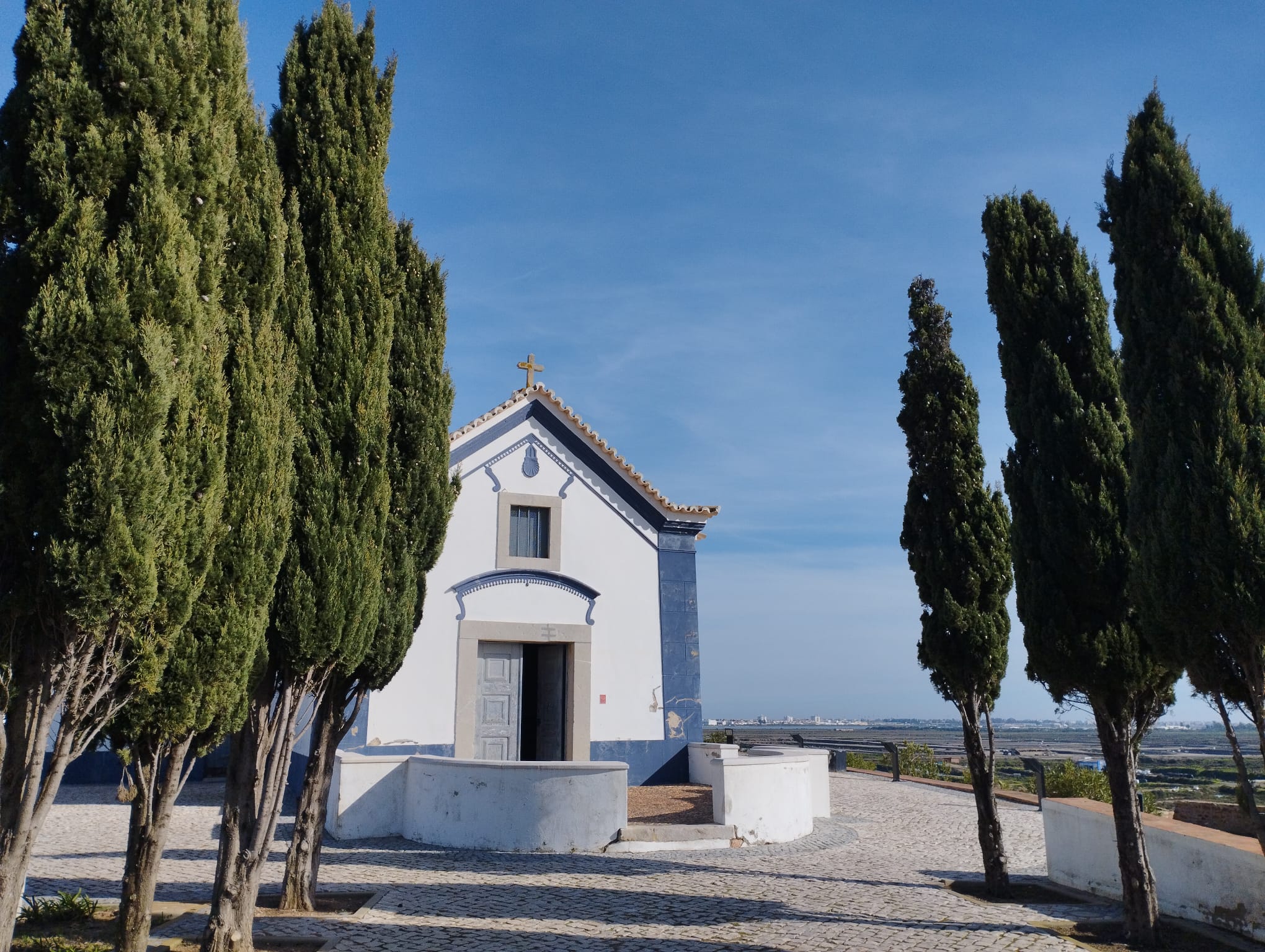
This important archaeological discovery, what the Sul Informação had already been mentioned before, was one of the themes of the Baixo Guadiana History Days, which took place last Friday, at the António Rosa Mendes Historical Archive, in Vila Real de Santo António.
Marco Sousa Santos, also a senior culture technician at the Municipality of Tavira and professor at the University of Algarve, after highlighting that this altar stone was «in plain sight», recalled that it all started with a post on Facebook, in 2022, made by a person interested in local history and showing photographs of the said stone, asking for help in deciphering the epigraphic inscriptions it bears.
It is, according to the art historian, an “inscription in the style of the 2015th century, with abbreviations”. Marco Sousa Santos, who had seen the stone for the first time in XNUMX, responded to the post on social media, saying what he knew.
But there was still a lack of elements to be able to transcribe the inscription in its entirety and, above all, to understand who it referred to… and thus discover its importance.
It was later, through the investigation of Hugo Cavaco (in 2010) and Fernando Pessanha, from 2014, that more was learned about António Leite, who was mayor of Arenilha, since 1542, and, later, captain of Seinal , a fort in Morocco, on the coast of North Africa, which protected the Portuguese fortress of Alcácer Ceguer.
And why is this António Leite relevant to our story about the altar stone? Because the epigraphic inscription, according to the transcription that Marcos Santos has already managed to make, says the following: «This altar and hermitage was built by António Leite as captain of the Seinal» that is, in the spelling of the time, “ESTE.(A)LTAR. E.IRMI/DA.MANDOV.FAZER.AMTO.LE.ESTÍNDO.PORT.CAPTÃ.N/O.SE(INAL) (…)”.
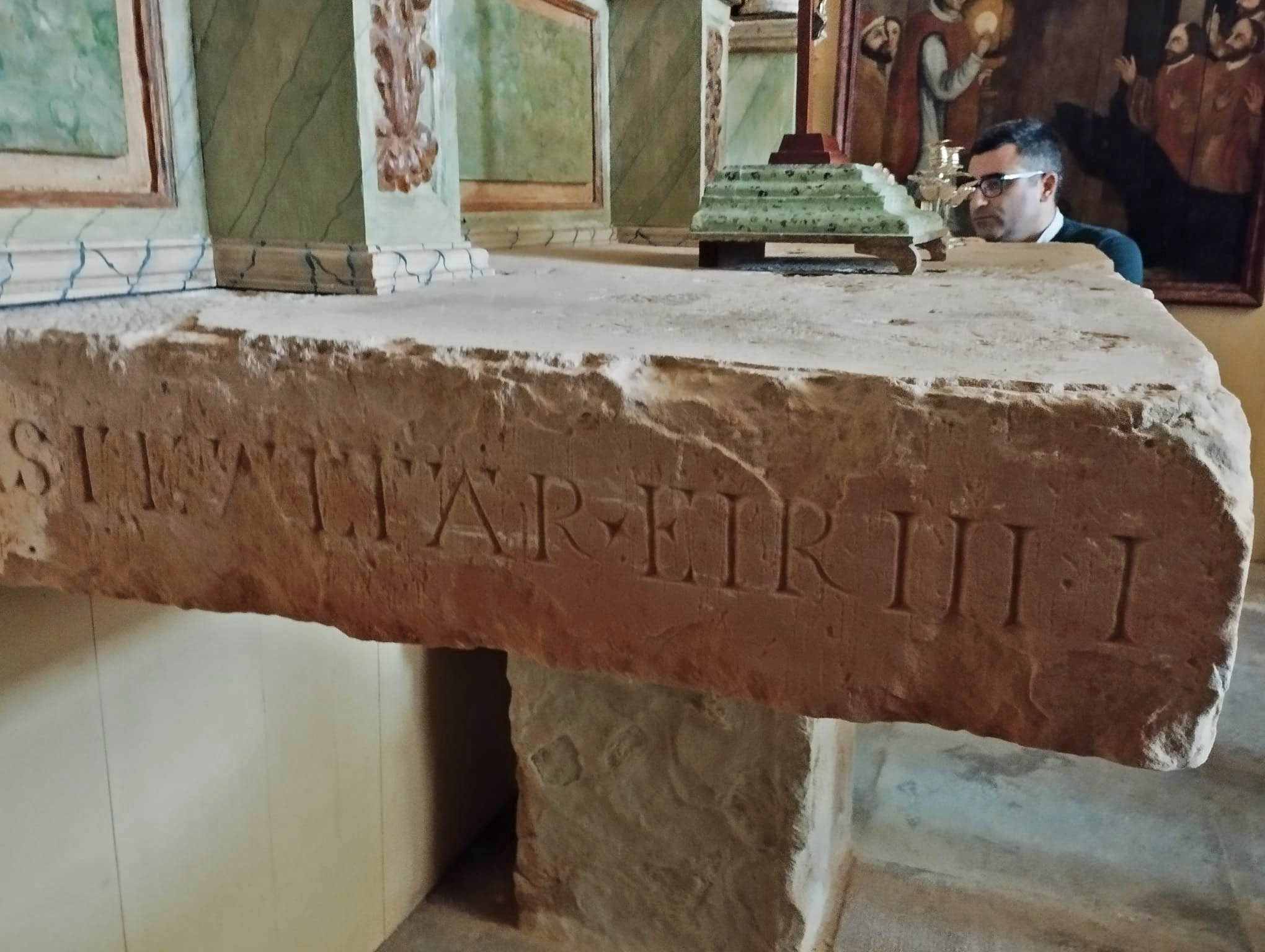
In the chapel of Santo António, in Castro Marim, where the centuries-old stone is today, there is also “additional information that corroborates it”. This is because «the altar stone is placed on a pedestal which, on one side, has a shield, which is very deteriorated», but where you can still see that it is «quartered» (divided into four parts), just like the family weapons Milk.
But how did these pieces arrive in Castro Marim, what was their long journey, and what relationship do they have with Santo António de Arenilha?
Taking into account that the Seinal fort was short-lived, when António Leite was its captain he ordered the altar stone to be made for a hypothetical chapel that was never built there. As was the custom at the time, sacred elements of Christian temples were never left behind, accessible to the Moorish infidels, so when leaving Alcácer Ceguer and Seinal and returning to Portugal, in this case, Arenilha, António Leite brought with him «these elements of carved stonework, only later transformed or adapted to the altar table».
In 1554, visitors from the Order of Santiago (to whom this entire area of the Eastern Algarve belonged), when they were in Arenilha, reported the existence, in the hermitage of Santo António, of “an altar (…) which was brought from Seinal », adding that this hermitage was ordered to be built by António Leite, «lord of the said village».
Marco Sousa Santos is therefore convinced that «the altar table was removed from Santo António de Arenilha at the beginning of the 17th century, to the hermitage of Santo António, in Castro Marim», where it is still located today. This was due to the “decline” of the village located at the mouth of the Guadiana.
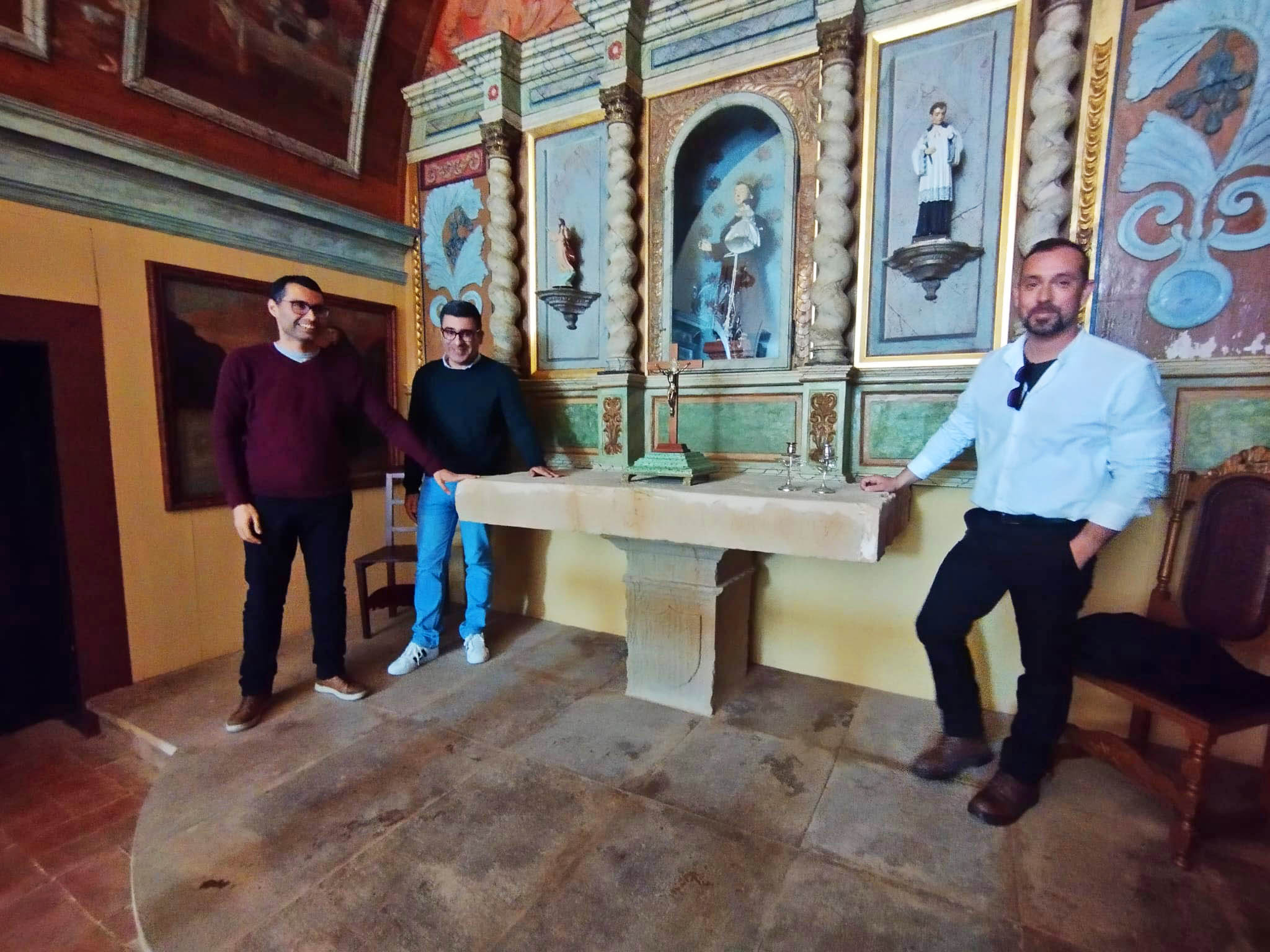
In the mid-16th century, Arenilha was “an unprotected town, at the mercy of privateer attacks and piracy”. In the 17th century, with the Restoration War, the population became even more in danger and ended up moving inland, further from the sea and, therefore, less within reach of attacks.
In the view of historian Fernando Pessanha, the town of Santo António de Arenilha, even before the tsunami that swept away what was left of it, would already be a dying land, with its former inhabitants dispersed throughout its border, that is, throughout the remaining territory of that ancient county.
To summarize and conclude: the altar stone with the epigraphic inscription must be “the only known architectural element linked to the disappeared fort of Seinal [in Morocco], and, as far as we know, the only architectural element that remains of Santo António de Arenilha, which attests to the 16th century origins of the town later known as Vila Real de Santo António», highlighted Fernando Pessanha. A double archaeological discovery, therefore.
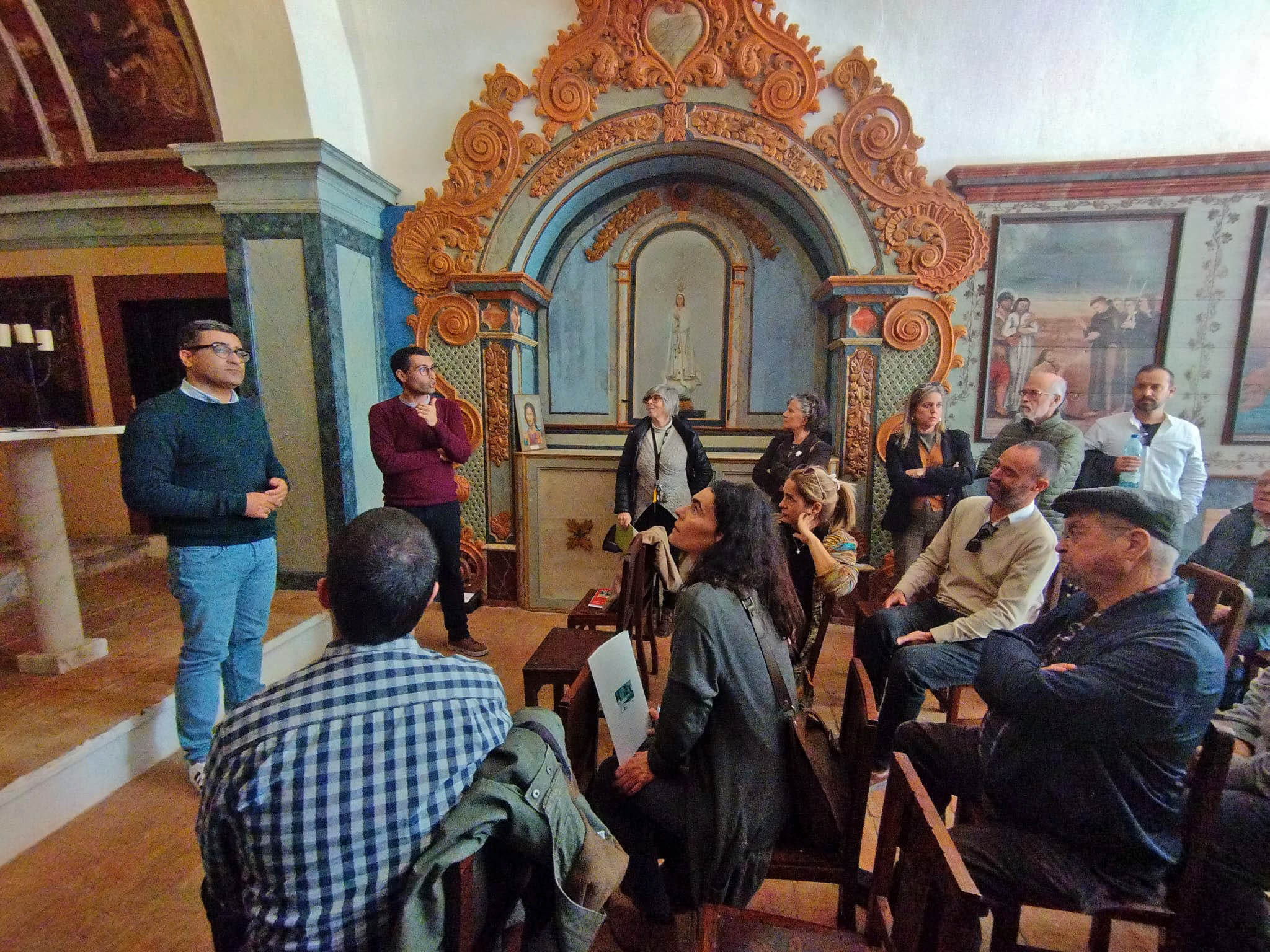
Visit to the hermitage of Santo António reveals details
Regarding the importance of the hermitage, Marco Sousa Santos, for his part, highlighted the fact that it has three sinks. «A 17th century hermitage didn’t need three sinks for anything».
Then it was time to observe, in detail, the inscriptions made on the stone of the altar. As the art historian had already said, these are inscriptions in «impeccable handwriting, the best that was done, Roman style, following classical models».
«Originally, these letters would be, in addition to being carved into the stone, painted, to be better read and seen from afar», said Marco Santos.
Today, although most of it has been deciphered, there is still a part of the inscription that cannot be read, due to the fact that a piece of epigraphy is missing, in an area where, for unknown reasons, the stone was chipped.
The hermitage of Santo António is still a place of legends, linked to the fame of its patron saint as a matchmaker.
According to Pedro Pires, it was said that marriageable girls should walk around the chapel 12 times and then stick their finger in the lock on the side door. This would make them know who they were going to marry and when… It is not known whether this tradition continues today…
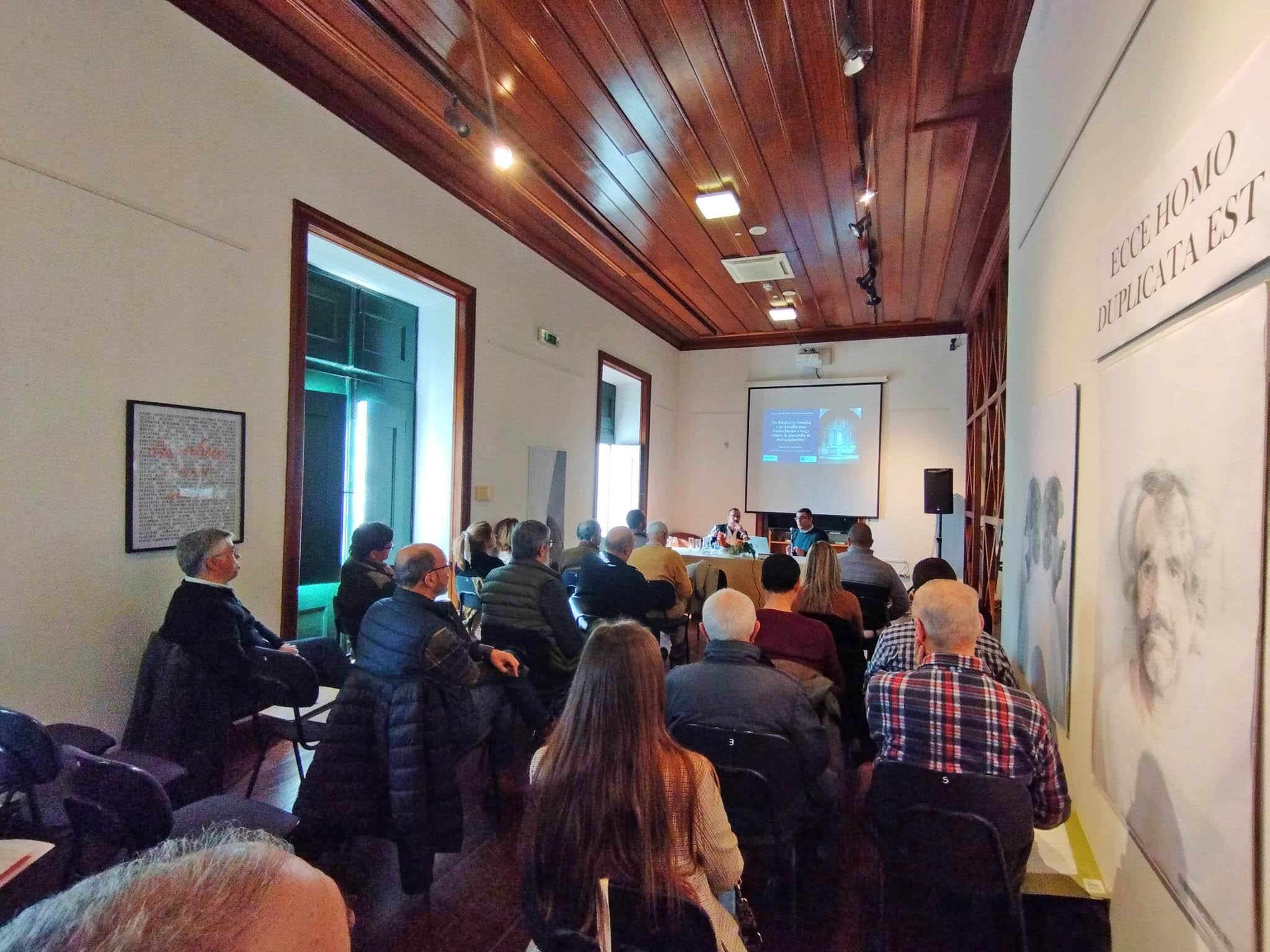
A decade of Baixo Guadiana Journeys
A decade that was also marked by more than twenty-five guided visits to sites of historical and heritage interest and which saw the publication of a book of proceedings, which collects some of the conferences, and during which the production of a new book began of minutes, to be published as soon as circumstances permit.
In short, a decade only interrupted by the pandemic and during which the António Rosa Mendes Municipal Historical Archive «corrected a clear gap in the cultural reality of the Eastern Algarve and worked towards the construction and dissemination of knowledge».
The first conference of the day was presented by Cátia Pereira, entitled «The Government of Sebastião Martins Mestre in Vila Real de Santo António».
The master in History and Heritage from the University of Algarve explained how Sebastião Martins Mestre was present in two of the most important events for Portuguese society in the 19th century: the French Invasions and the Liberal Wars. He also explained his government in Vila Real de Santo António, marked by the persecution of liberalism supporters.
The second and third sessions of the IX History Days of Baixo Guadiana will take place in March and May, respectively, and their schedule will be announced in due course.
Photos: Elisabete Rodrigues | Sul Informação (except where indicated)
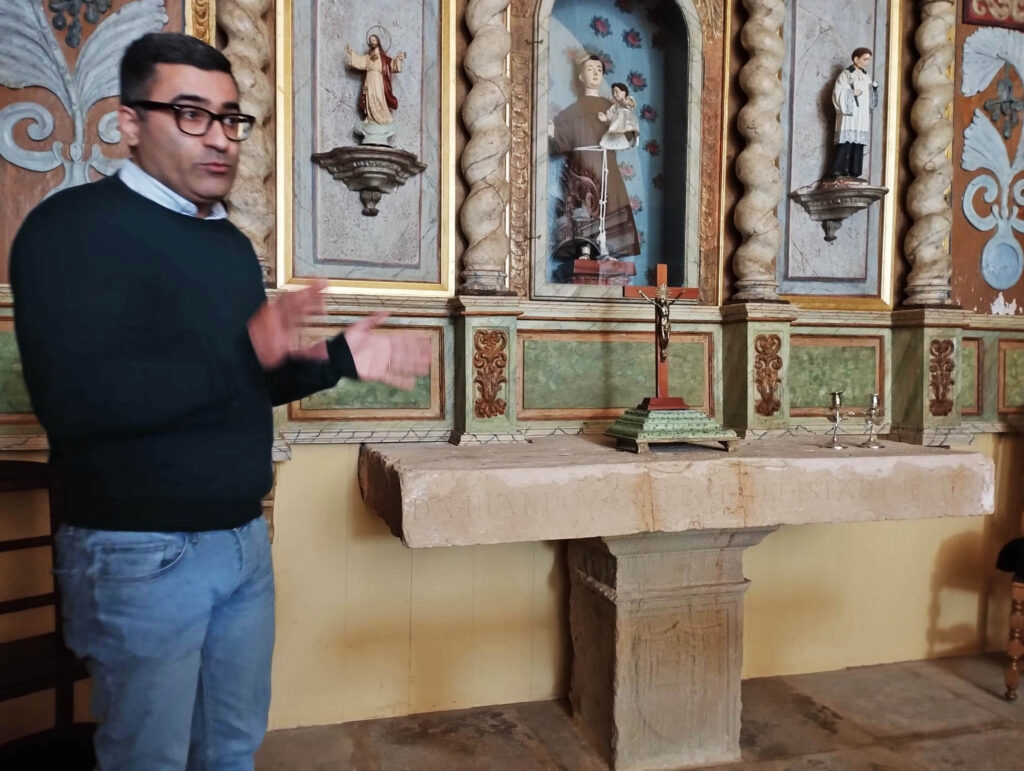
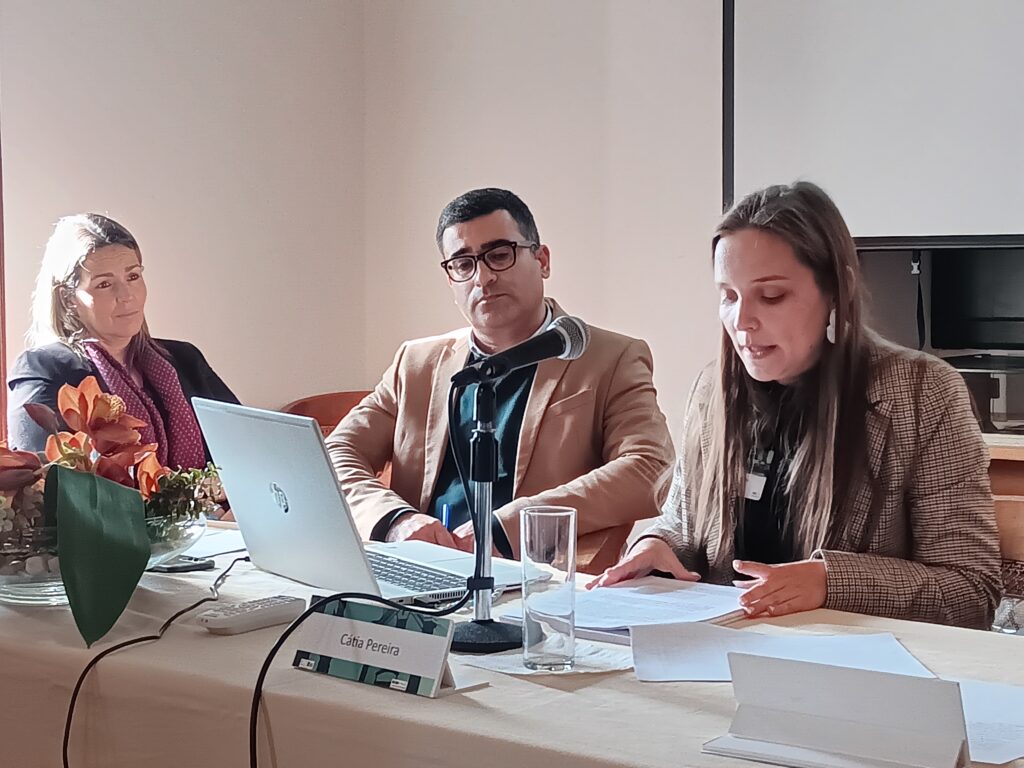
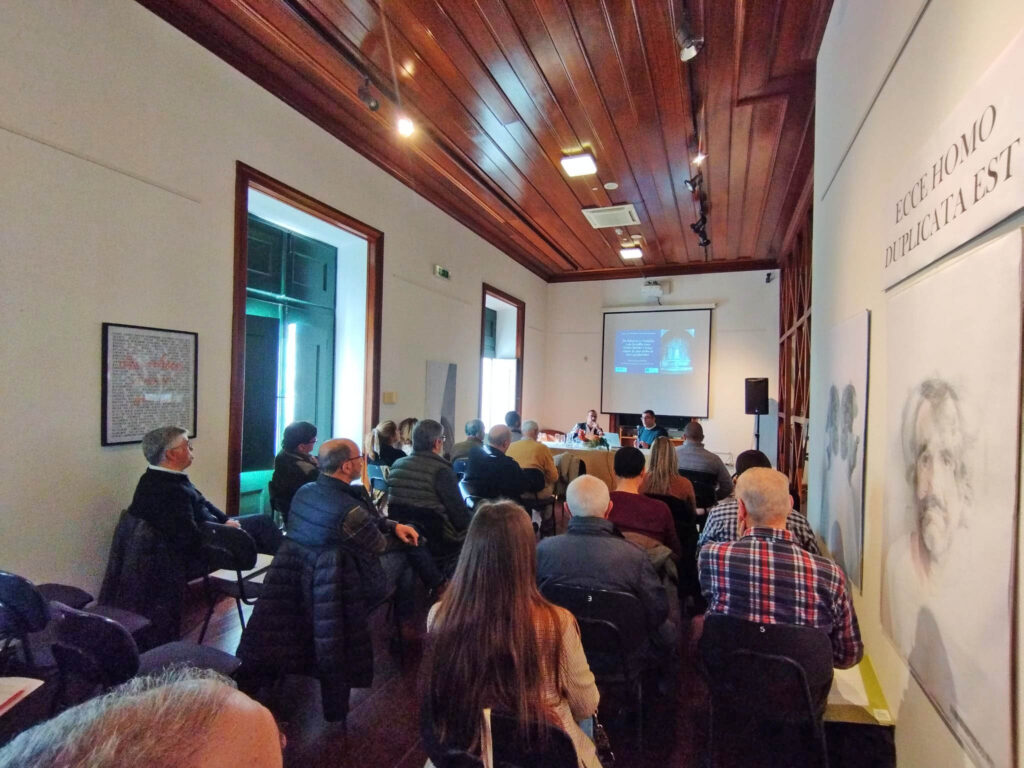
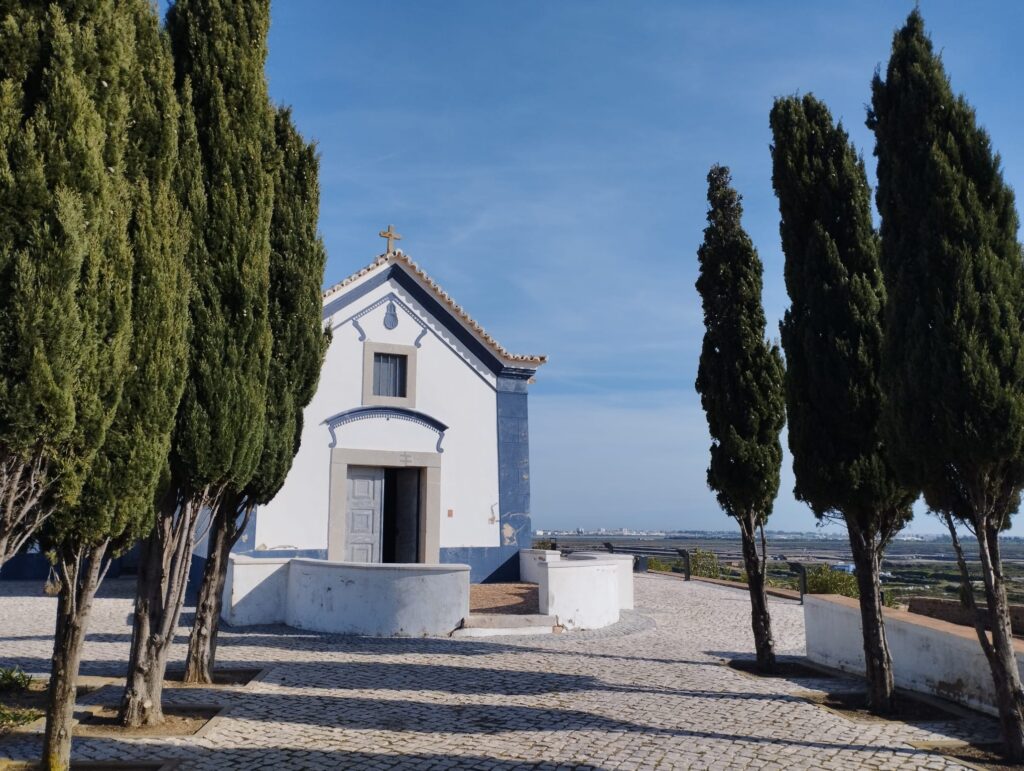
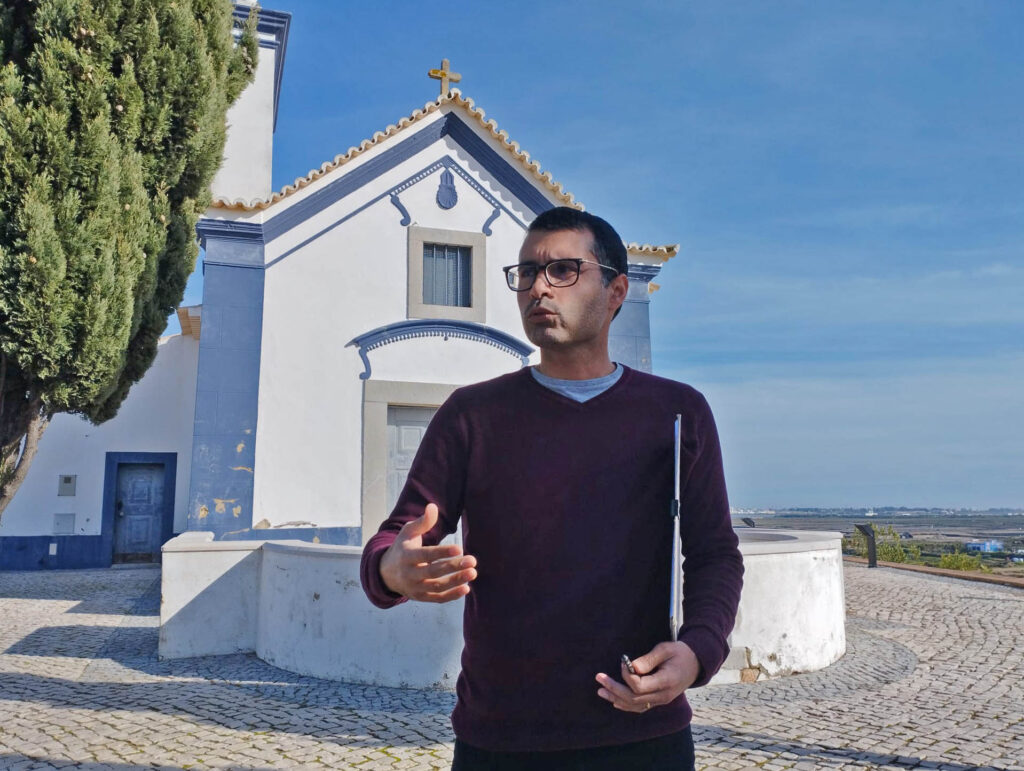
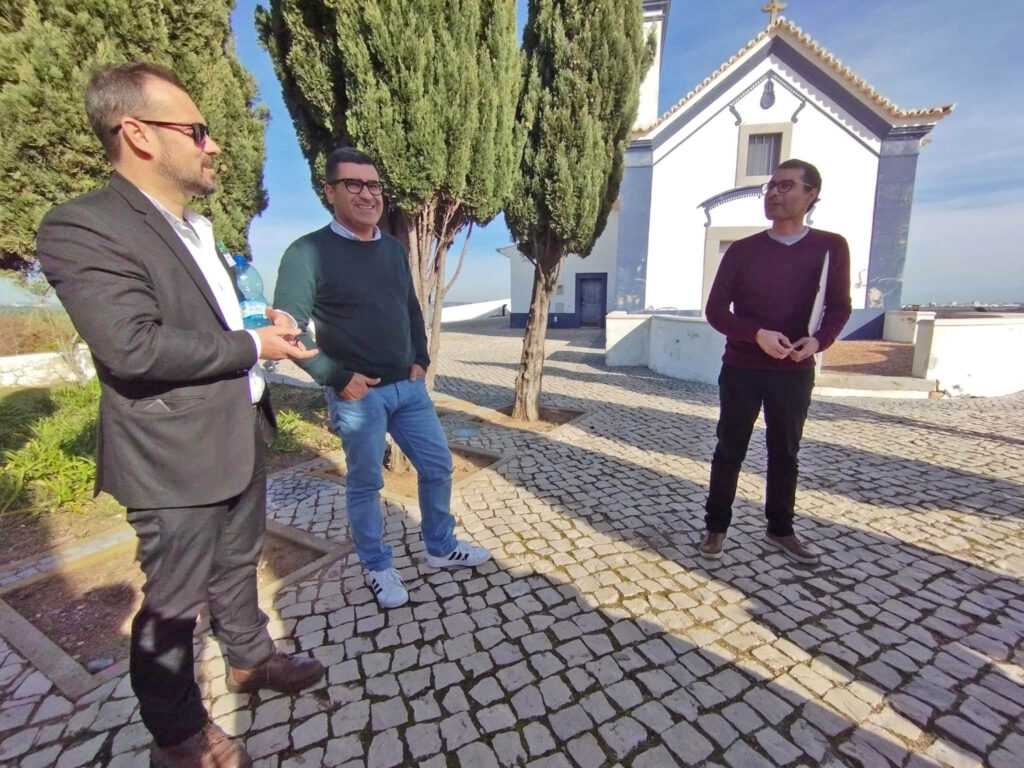
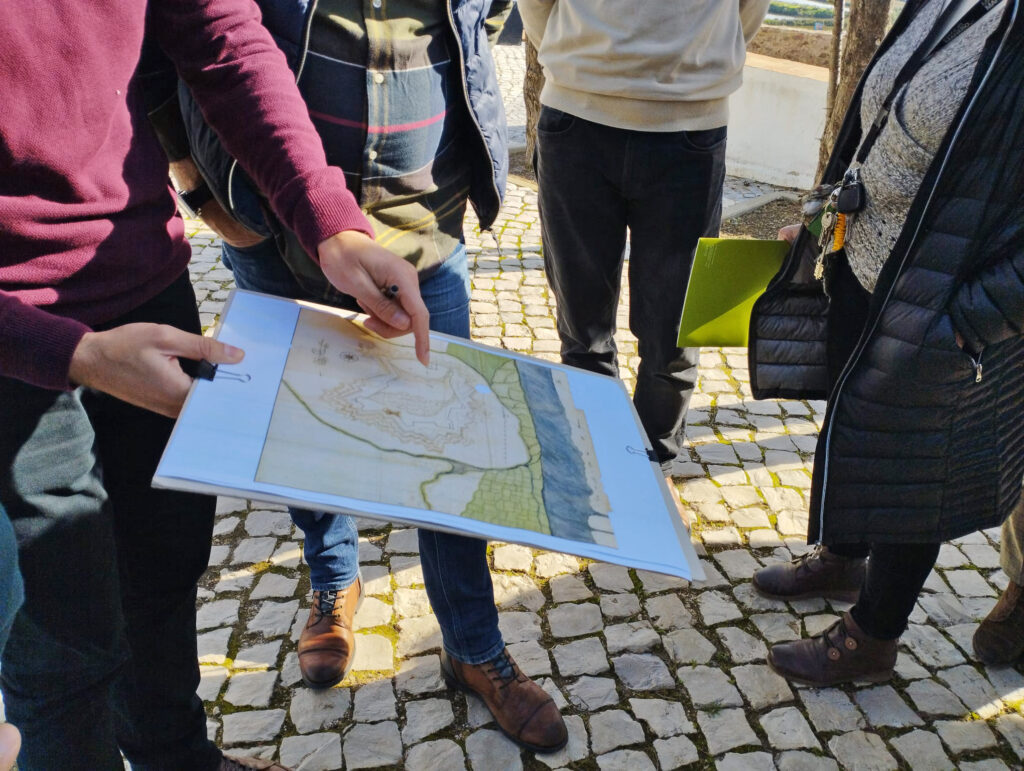
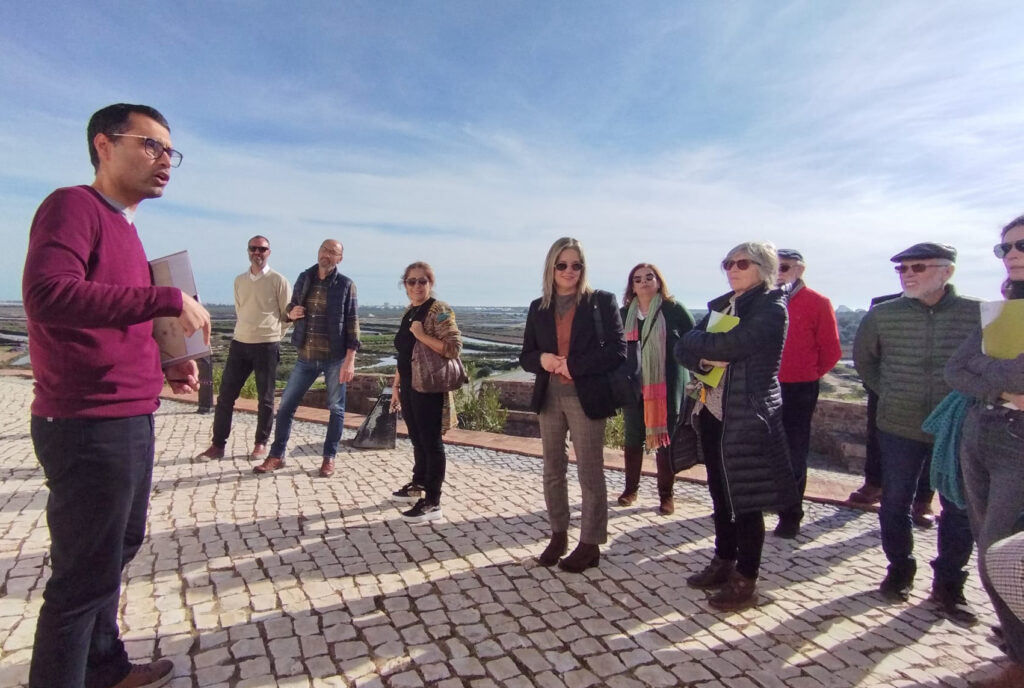
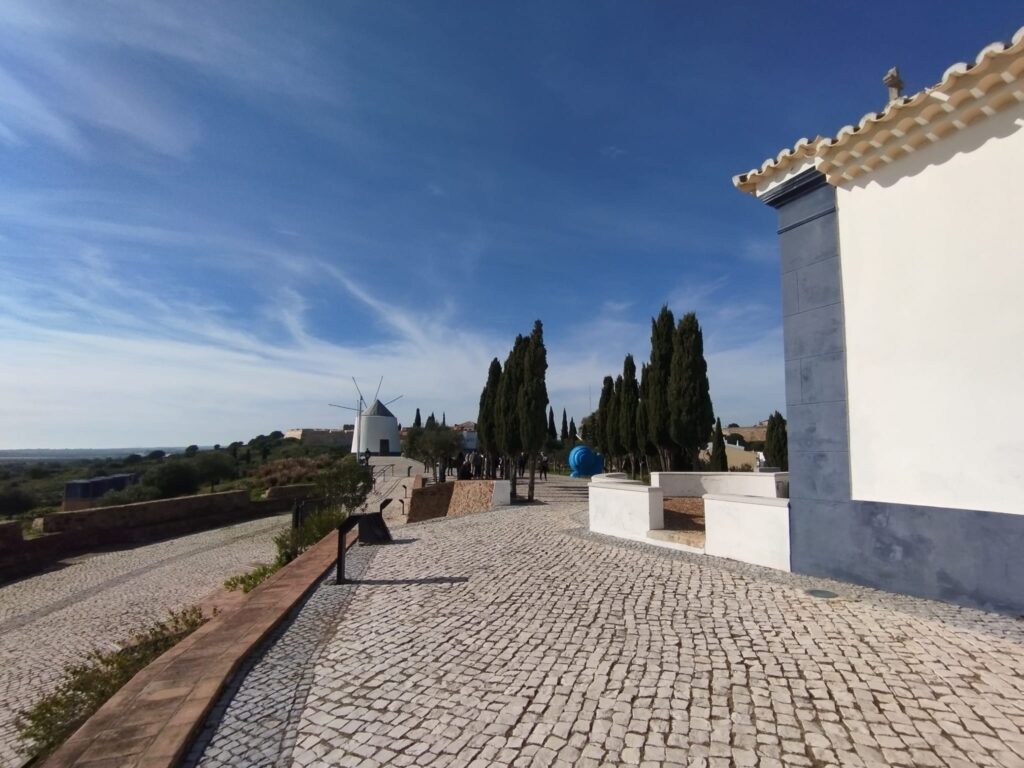
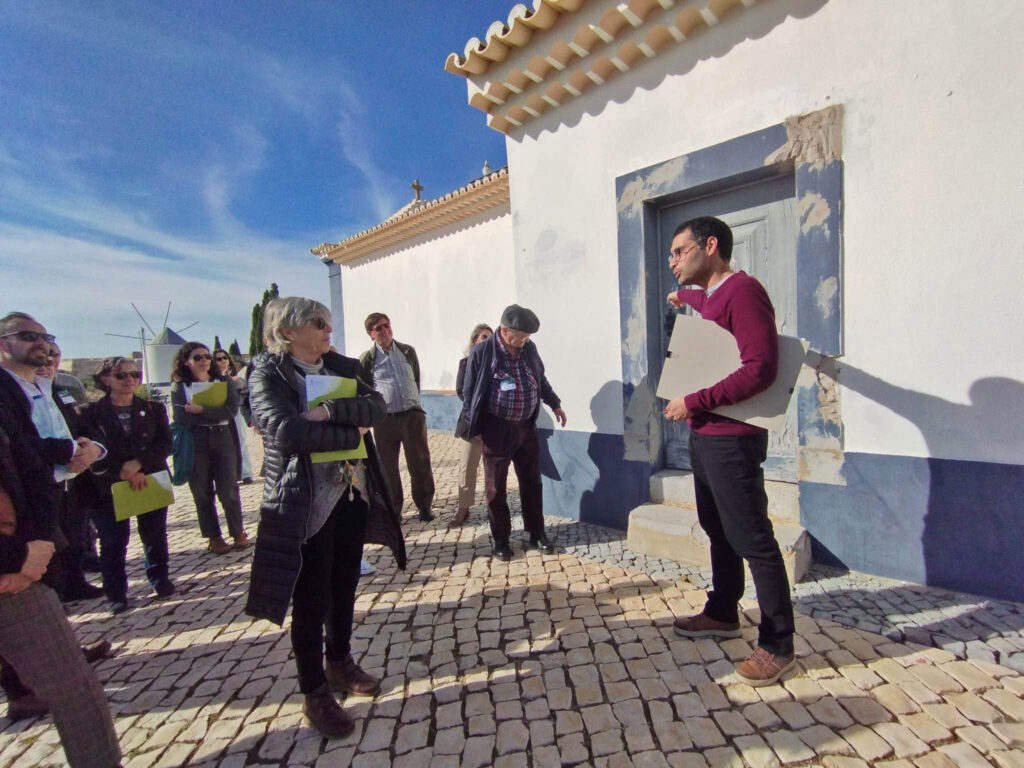
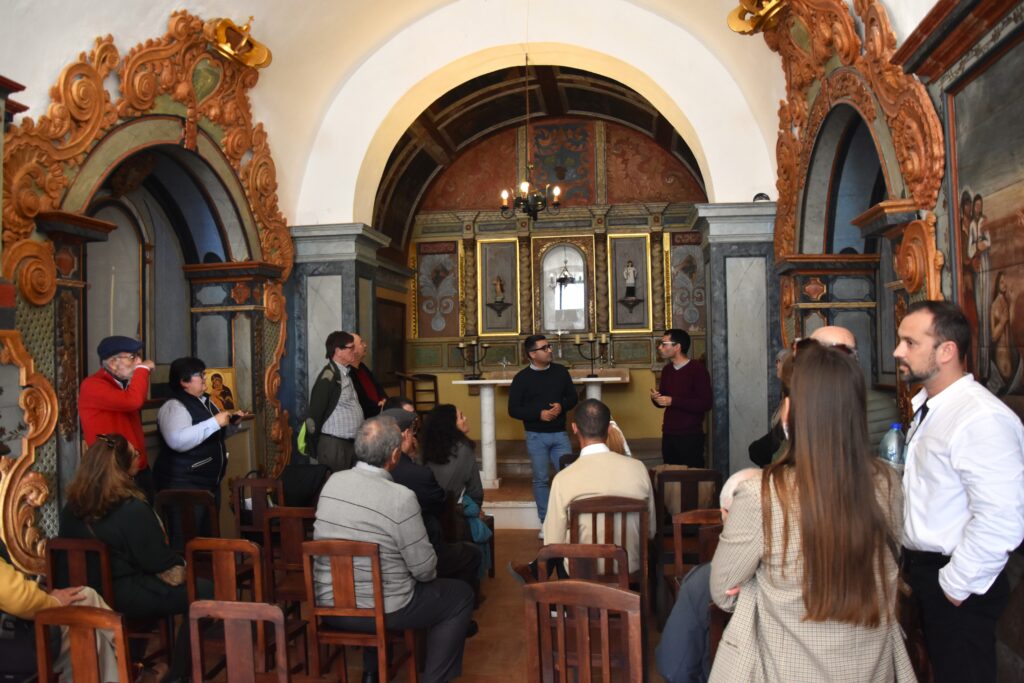
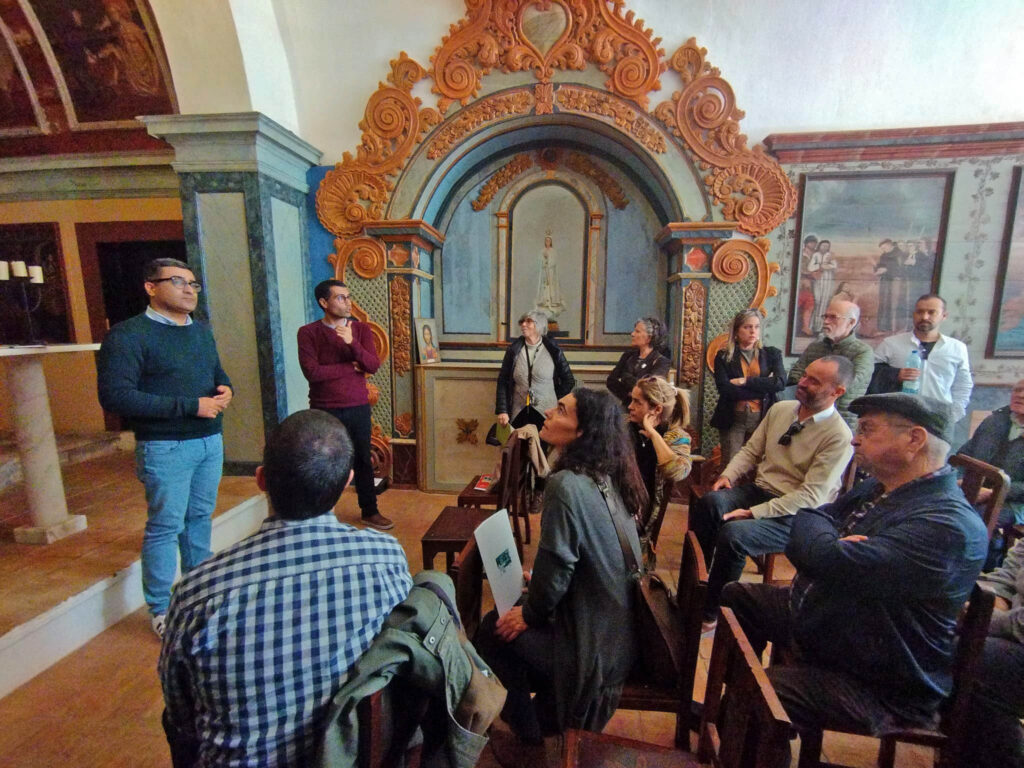
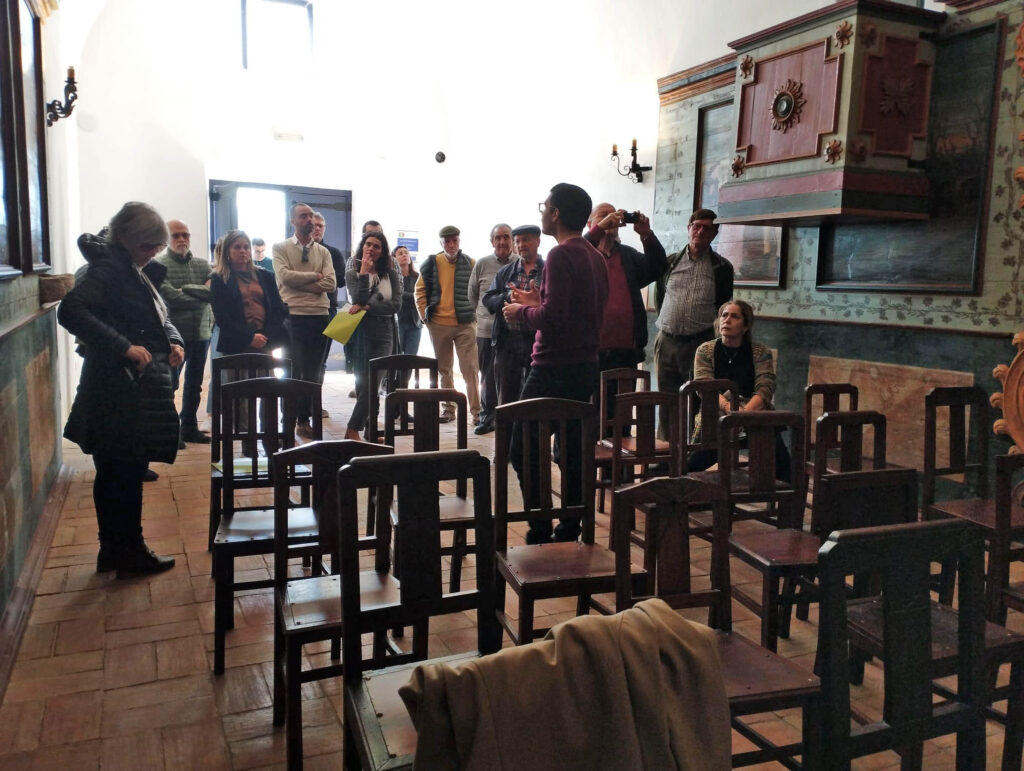
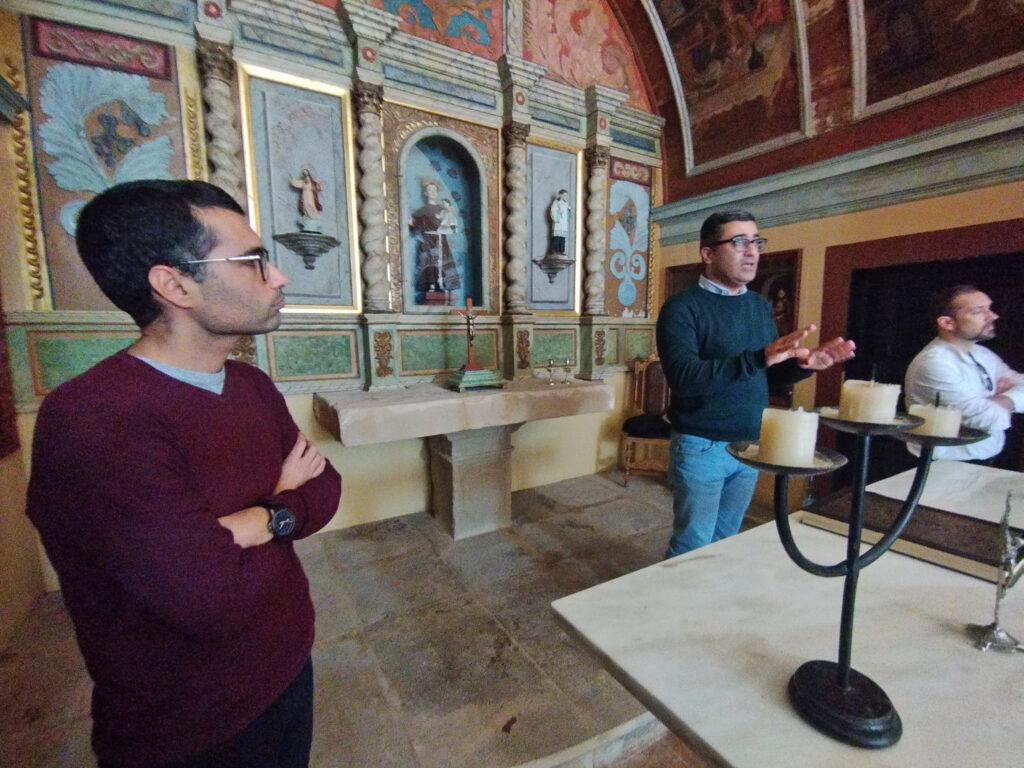
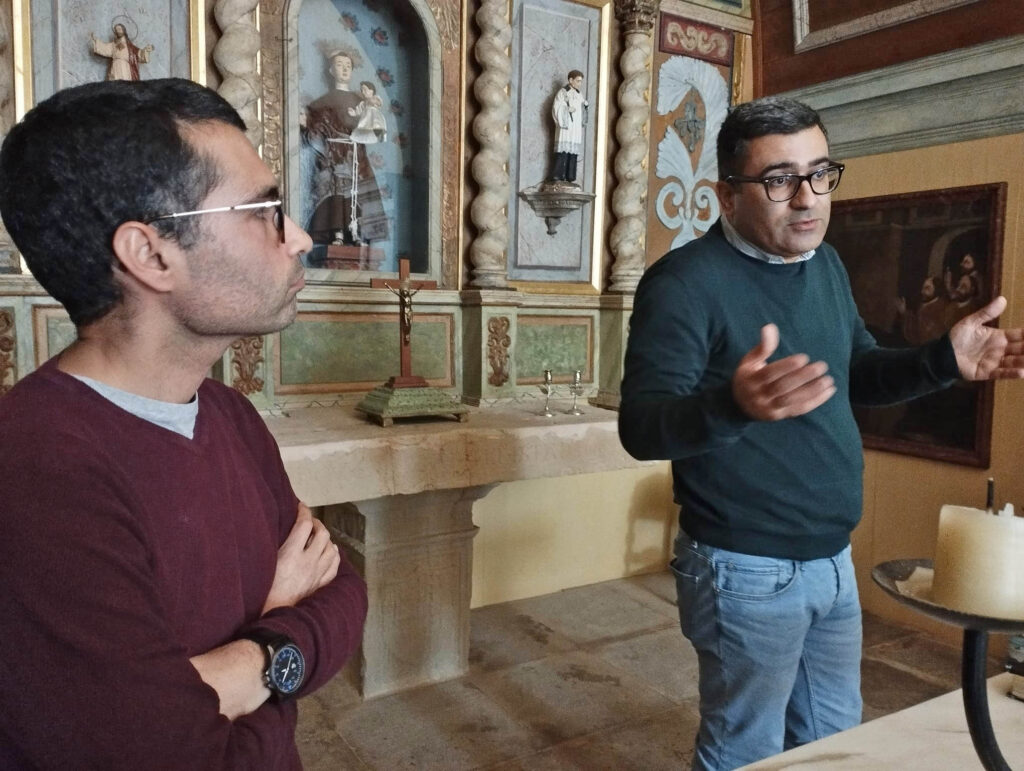
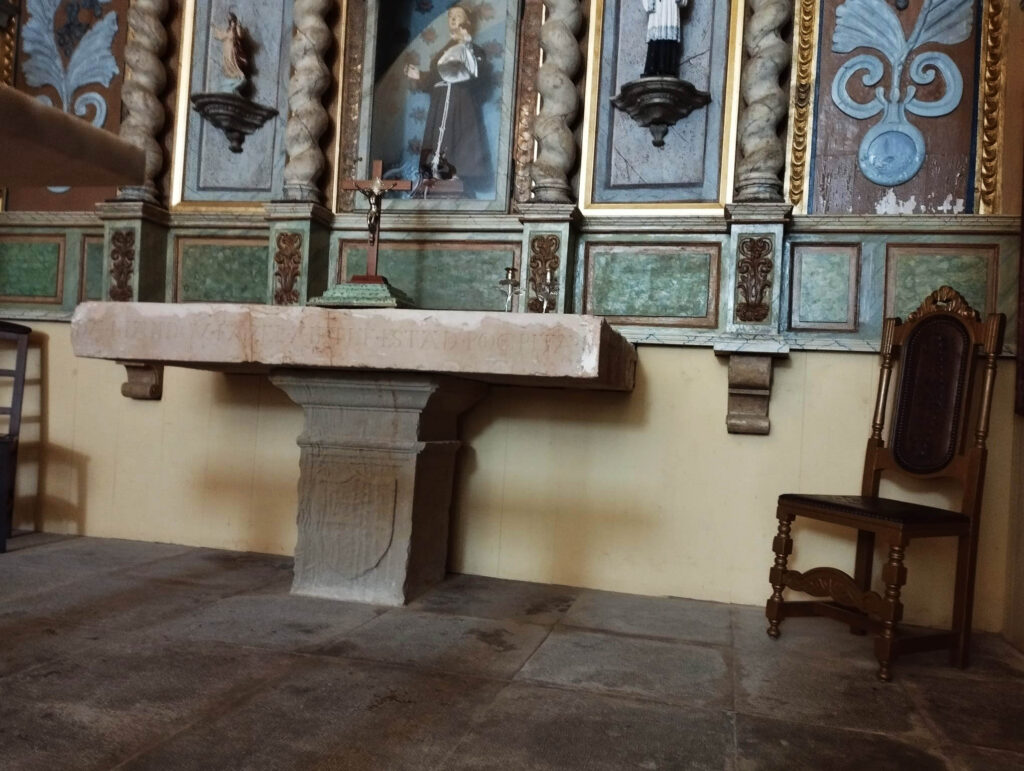
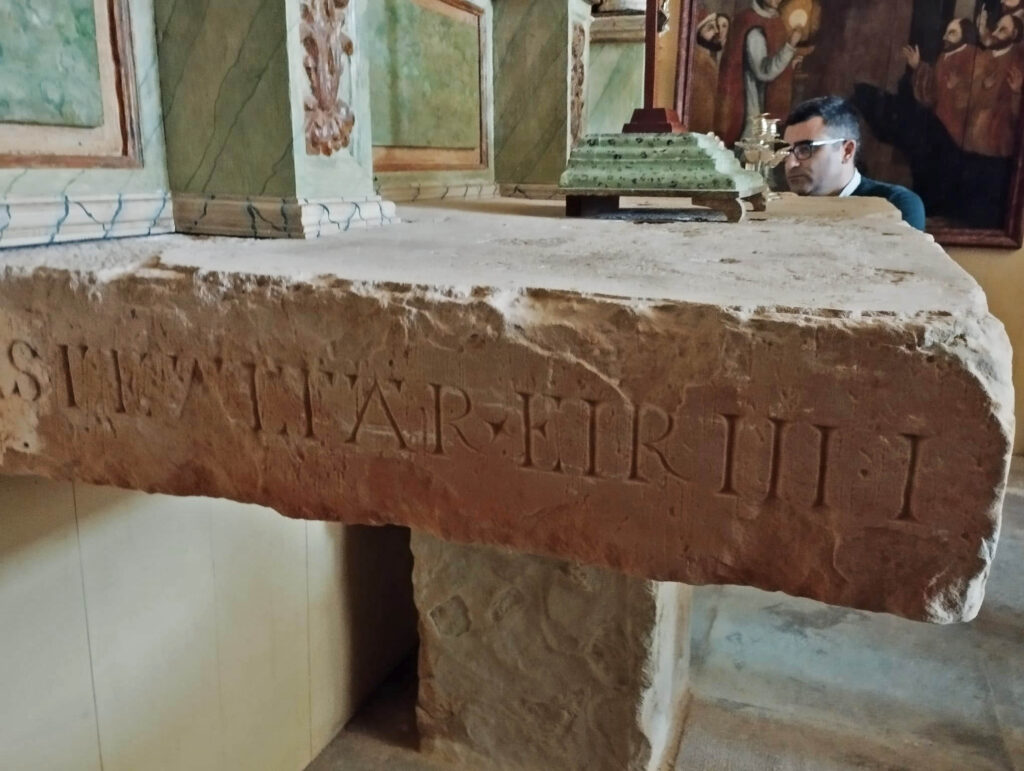
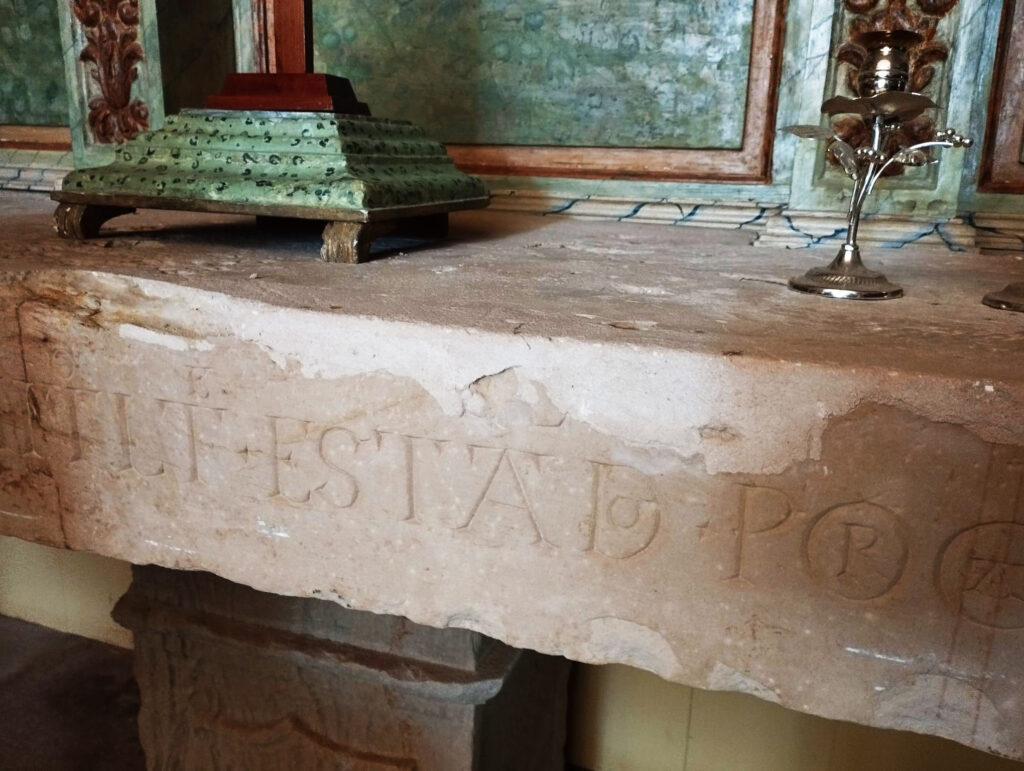
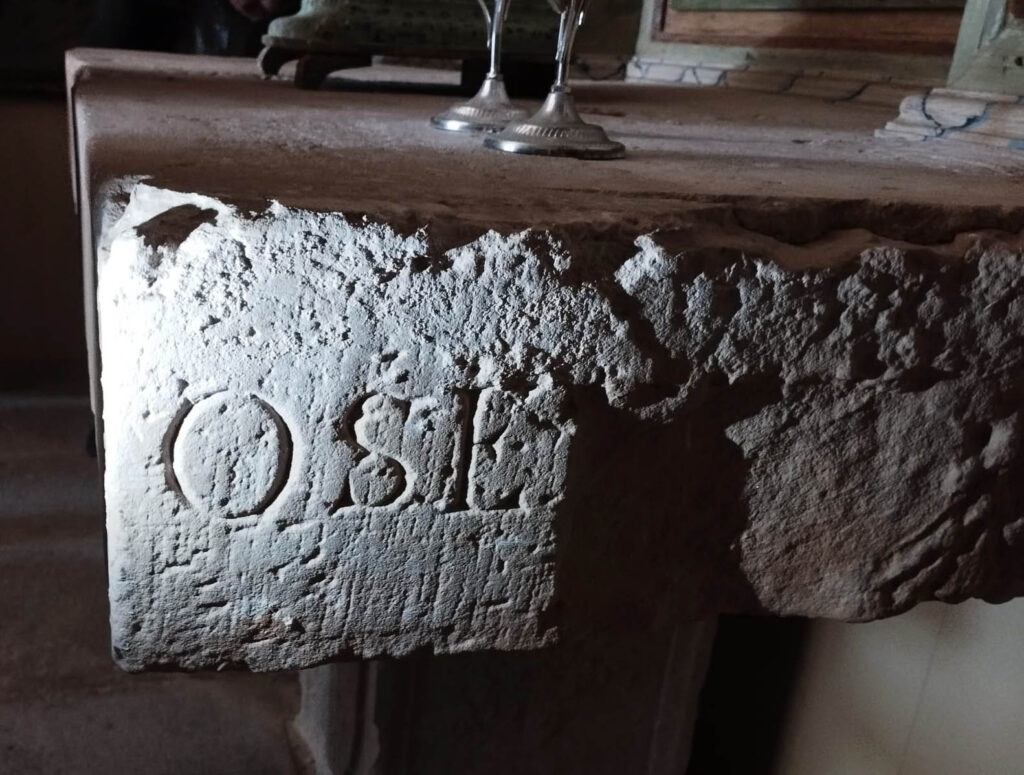
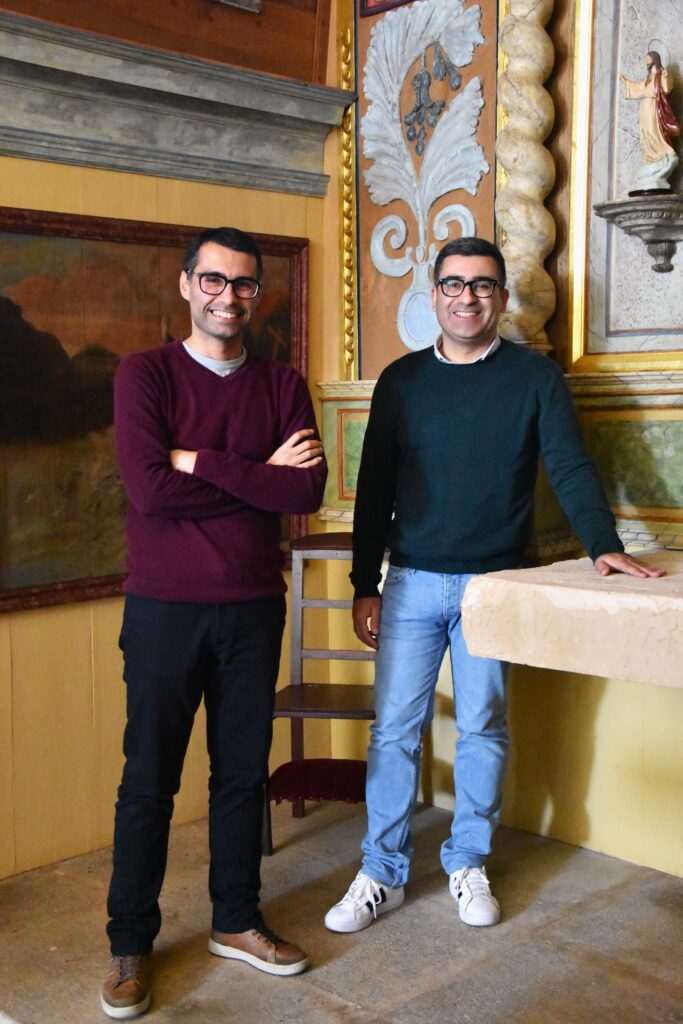
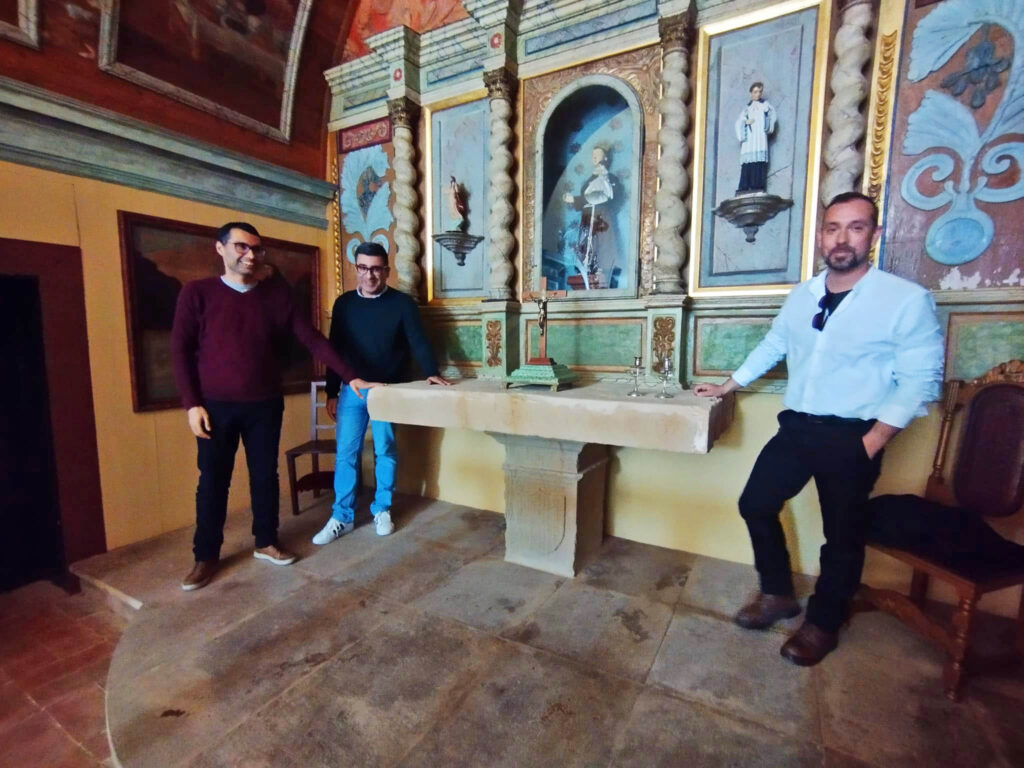

















Comments